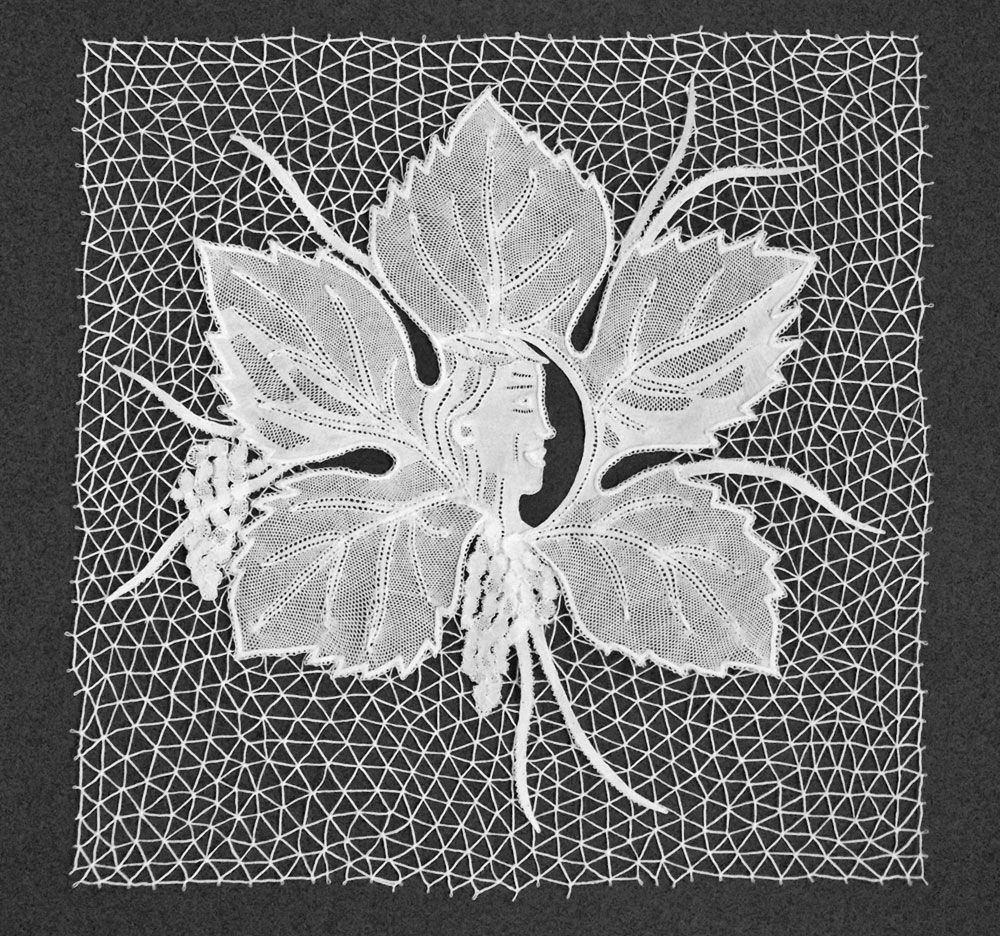Rita Bargna

Rita Bargna was born in Como in 1942, but has been living and working in Cantù for a lifetime. She learned the art of lacemaking from her mother Anna Giuseppina Parolo at the age of five and has cultivated the passion for this craft for over sixty years, both as a collector and as the creator of more than a hundred unique pieces.
Alongside her activity as a collector – she has assembled a collection of black and white veils, borders, church vestments and ornaments, tablecloths, handkerchiefs and sheets with lace and embroidery dating from between the 17th-century and the present day – Rita Bargna is involved in the teaching of lacemaking and has run several schools for the handing down of this noble and ancient art. In 1999 she founded the Associazione Merletti d’Arte in Cantù, which she still presides over and with which she has organized exhibitions and brought out around ten publications, as well as carrying out an intense teaching activity for over fifteen years.
She has also taught at the Scuola di Merletto in Capiago Intimiano and has recently begun to pass on her know-how to foreign students too, including some from Japan.

She has represented Italy at the congresses of the OIDFA (Organisation Internationale de la Dentelle au Fuseau et à l’Aiguille) in Nottingham, Lund, Prague and Athens, with shows of her own pieces characterized by a search for new stylistic and formal solutions. In Italy she has participated in all of the sector’s more important events, in Milan, Como, Cernobbio, Cantù, Rezzago, Erba, Rocca di Angera, Grado, Carpi, Rimini, Piombino, Valtopina, Bolsena, Noto and many other places.
An expert in the craft of bobbin lace, she makes artefacts of high artistic value, based on designs of great rigour. Among her finest works, it is worth mentioning the ones inspired by the cover of the Evangelistary of Aribert and the miniatures in the baptistery of the basilica of San Vincenzo in Galliano.
In 2005 Rita Bargna was awarded the gold medal at the Biennale del Merletto in Cantù for the efforts she has made to spread the art of lacemaking.
In recent years, together with the president of the Associazione Bolsena Ricama, Maria Vittoria Ovidi Pazzaglia, she has laid the foundations for the recognition of lacemaking as an Intangible Cultural Heritage by UNESCO.





